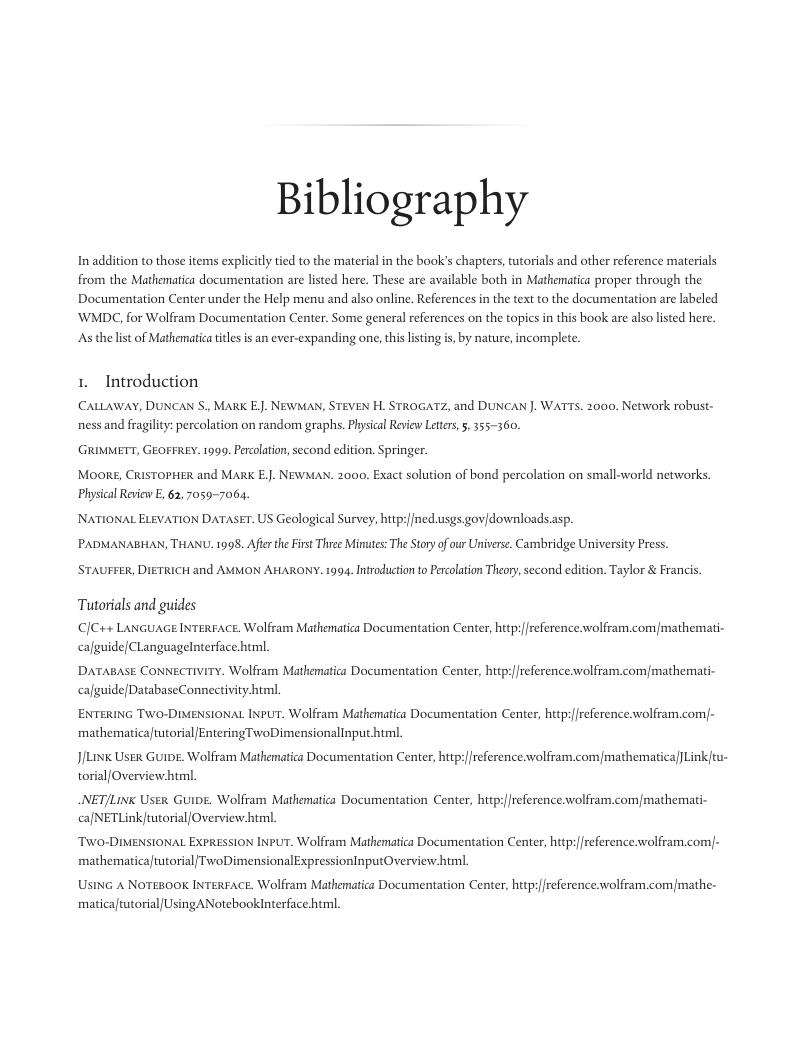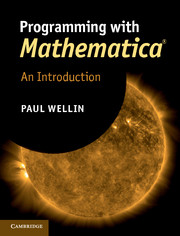Book contents
- Frontmatter
- Contents
- Preface
- 1 An introduction to Mathematica
- 2 The Mathematica language
- 3 Lists
- 4 Patterns and rules
- 5 Functional programming
- 6 Procedural programming
- 7 Recursion
- 8 Numerics
- 9 Strings
- 10 Graphics and visualization
- 11 Dynamic expressions
- 12 Optimizing Mathematica programs
- 13 Applications and packages
- Solutions to exercises
- Bibliography
- Index
- References
- Frontmatter
- Contents
- Preface
- 1 An introduction to Mathematica
- 2 The Mathematica language
- 3 Lists
- 4 Patterns and rules
- 5 Functional programming
- 6 Procedural programming
- 7 Recursion
- 8 Numerics
- 9 Strings
- 10 Graphics and visualization
- 11 Dynamic expressions
- 12 Optimizing Mathematica programs
- 13 Applications and packages
- Solutions to exercises
- Bibliography
- Index
- References
Summary

- Type
- Chapter
- Information
- Programming with Mathematica®An Introduction, pp. 687 - 694Publisher: Cambridge University PressPrint publication year: 2013



